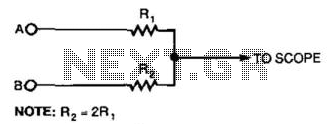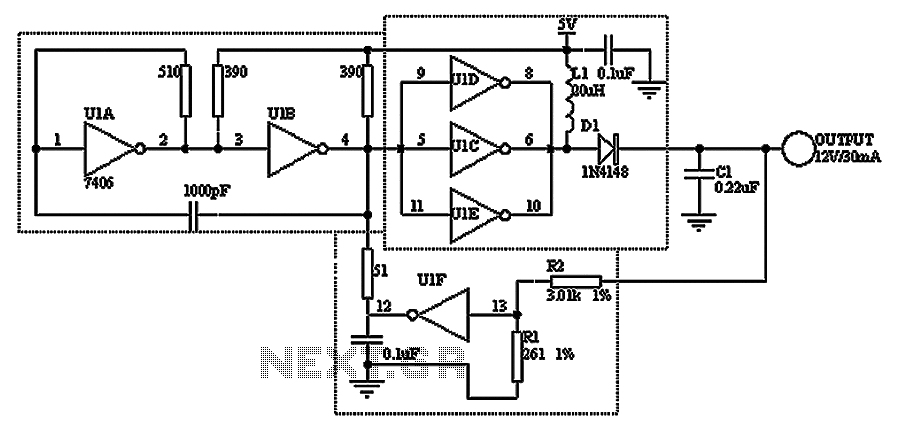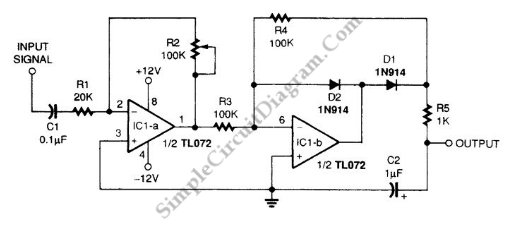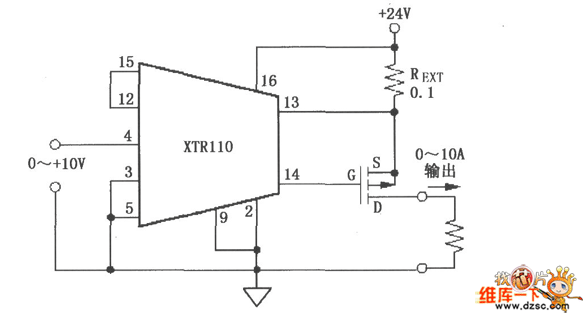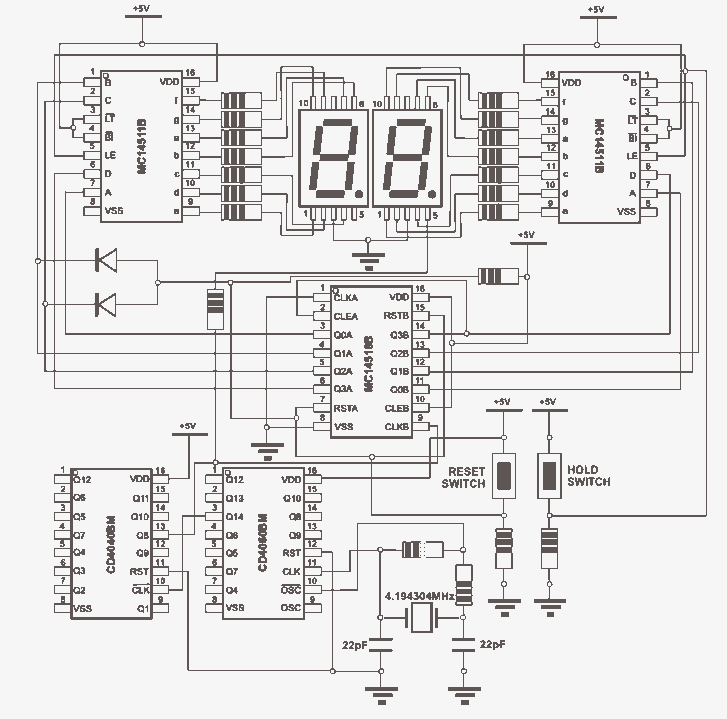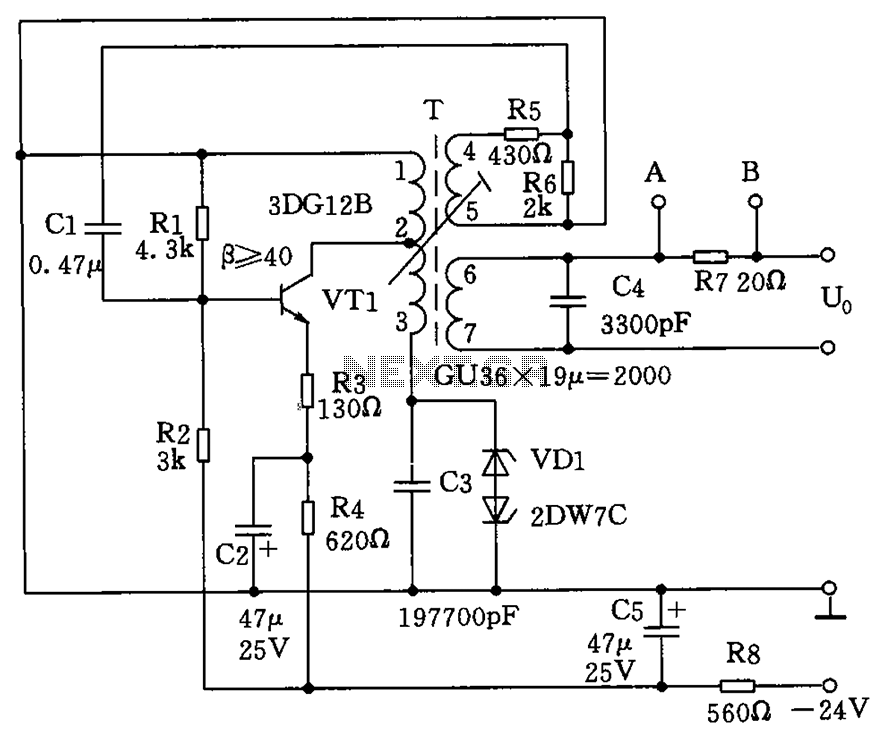
Trailer Stop & Turn Signal Converter
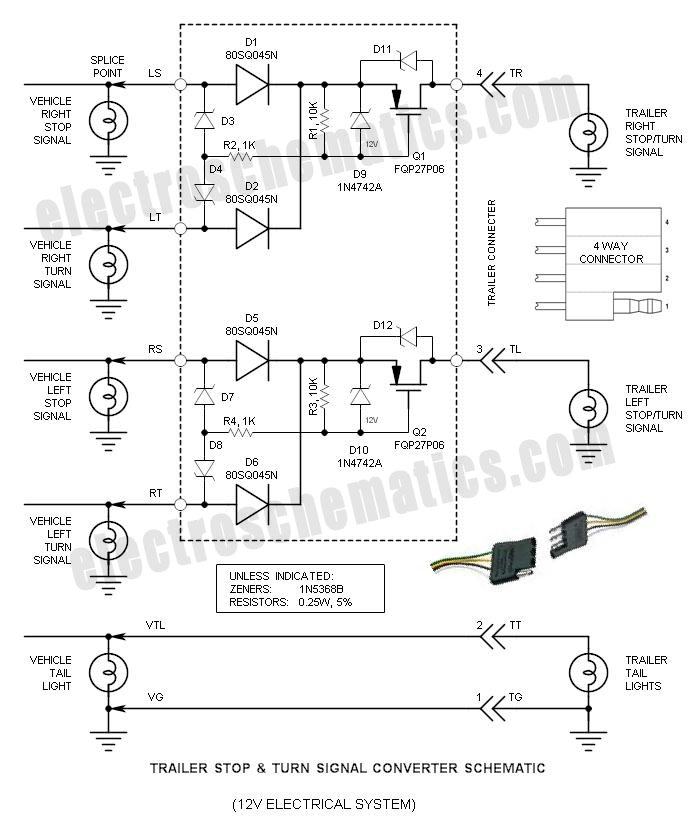
If you have ever wondered why the Stop/Turn signal lamps on your trailer appear dim, you are not alone. The reason for this is that the typical Stop & Turn Signal Converter...
The dimming of trailer Stop/Turn signal lamps is a common concern among users. This phenomenon often arises due to the inherent design of the Stop & Turn Signal Converter, which is responsible for managing the electrical signals sent to the lamps. The converter typically operates by modulating the voltage and current supplied to the lamps, which can lead to reduced brightness when standard incandescent bulbs are used.
In many cases, the issue can be exacerbated by poor connections, inadequate wiring, or the use of lower-quality components. For example, if the wiring gauge is too small for the current being drawn, it can result in voltage drops that diminish the brightness of the lamps. Furthermore, if the converter is not compatible with the specific type of lamps installed, this can also lead to insufficient power being delivered.
To address these issues, it is advisable to inspect the entire circuit, including the connections at the converter, the integrity of the wiring harness, and the specifications of the lamps being utilized. Upgrading to LED lamps can also provide a solution, as they require less power and generally produce brighter light output compared to traditional incandescent bulbs. Additionally, ensuring that the converter is rated appropriately for the load it will control can further enhance performance and brightness.
In summary, understanding the factors that contribute to dim Stop/Turn signal lamps is essential for effective troubleshooting and ensuring optimal visibility and safety while towing.If you ever wondered why your trailer Stop/Turn signal lamps are so dim you are not alone. The answer is simply that the typical Stop & Turn Signal Convert.. 🔗 External reference
The dimming of trailer Stop/Turn signal lamps is a common concern among users. This phenomenon often arises due to the inherent design of the Stop & Turn Signal Converter, which is responsible for managing the electrical signals sent to the lamps. The converter typically operates by modulating the voltage and current supplied to the lamps, which can lead to reduced brightness when standard incandescent bulbs are used.
In many cases, the issue can be exacerbated by poor connections, inadequate wiring, or the use of lower-quality components. For example, if the wiring gauge is too small for the current being drawn, it can result in voltage drops that diminish the brightness of the lamps. Furthermore, if the converter is not compatible with the specific type of lamps installed, this can also lead to insufficient power being delivered.
To address these issues, it is advisable to inspect the entire circuit, including the connections at the converter, the integrity of the wiring harness, and the specifications of the lamps being utilized. Upgrading to LED lamps can also provide a solution, as they require less power and generally produce brighter light output compared to traditional incandescent bulbs. Additionally, ensuring that the converter is rated appropriately for the load it will control can further enhance performance and brightness.
In summary, understanding the factors that contribute to dim Stop/Turn signal lamps is essential for effective troubleshooting and ensuring optimal visibility and safety while towing.If you ever wondered why your trailer Stop/Turn signal lamps are so dim you are not alone. The answer is simply that the typical Stop & Turn Signal Convert.. 🔗 External reference
